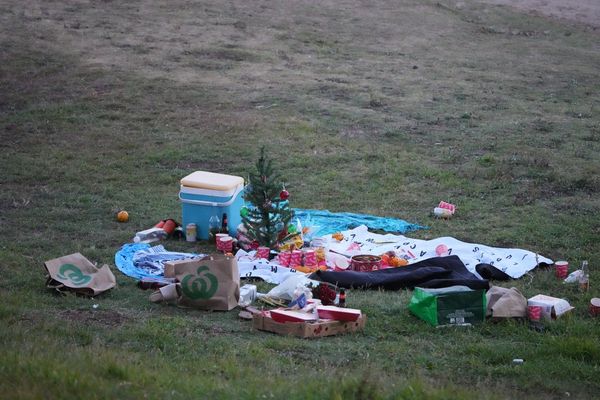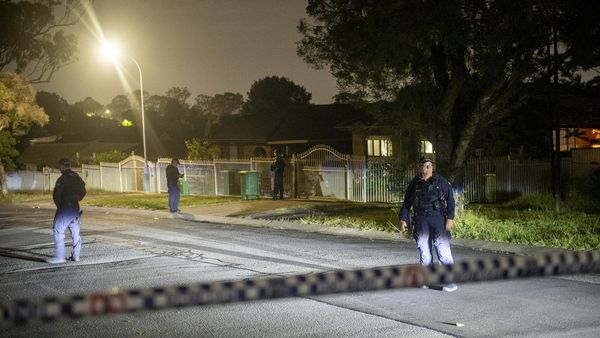
Emissions from major coal, oil and gas projects are often much higher than what companies estimate when seeking government approvals, a new report says.
The Australian Conservation Foundation has assessed 48 such projects, finding there's frequently a large gap between estimated emissions and what is reported when operations begin.
In some years, projects produced 20 times more greenhouse gas emissions than what was estimated in environmental impact statements, the report found.
It said Chevron was the biggest over-emitter with the company's Gorgon gas project, in Western Australia, releasing 16 million tonnes more than what was anticipated over a four-year period.
That's equivalent to the climate pollution that 3.5 million cars would emit in a year and was beyond the worst-case scenario described in Chevron's environmental impact statement (EIS), the foundation said.
Chevron Australia disputed the assumptions underpinning the report's calculations.
"We are proud of the significant emissions reductions being achieved by the Gorgon CCS (carbon capture and storage) system which, despite its early challenges, is demonstrating the importance of CCS technology in advancing a lower carbon future," a Chevron spokesperson said.
Last year, the oil and gas company said it would buy and surrender 5.23 million greenhouse gas offsets and invest $40 million in lower carbon projects in Western Australia after it failed to meet a five-year target for carbon capture and storage.
Whitehaven Coal was named as another over-polluter with its Maules Creek coal mine, in NSW, emitting three to four times more than what was estimated, and its Narrabri coal, also in NSW, emitting twice as much, according to the report.
AAP has sought comment from Whitehaven.
The report's analysis compared emissions estimates that companies provide in EIS documents with actual emissions reported to the Clean Energy Regulator once projects were operating.
Of the 48 projects assessed, 11 reported emissions that were significantly higher than what was estimated. That's about one project in every five.
"We do know that environmental impact statements do inform at least some of the national emissions projections," ACF investigator Kim Garratt said.
"We are approving these projects based on what they tell us."
A spokesperson for the Clean Energy Regulator said it had looked at the report.
"It contains errors of fact and analytical flaws," the spokesperson said.
"We will respond to those in due course."
Ms Garratt said the report also raised serious questions about the federal government's safeguard mechanism, which sets emissions limits for heavy-polluting companies.
"Under the safeguard, a facility is expected to keep its emission levels below a baseline agreed upon between the Clean Energy Regulator and the facility. But ... too many of those baselines are too high, and too flexible.
"A lot of people expect that baselines are set with (emissions) estimates in mind and they are pretty shocked when they find out they are not.
"That's why we have this situation where we have 11 fossil fuel facilities emitting sometimes double, triple, quadruple, 20 times as much as they estimated. But there have been few consequences because baselines are not tied to estimates in the EIS."
Federal Emissions Reduction Minister Angus Taylor declined to comment on ACF's concerns that underestimation of emissions may have compromised Australia's climate change policies.







